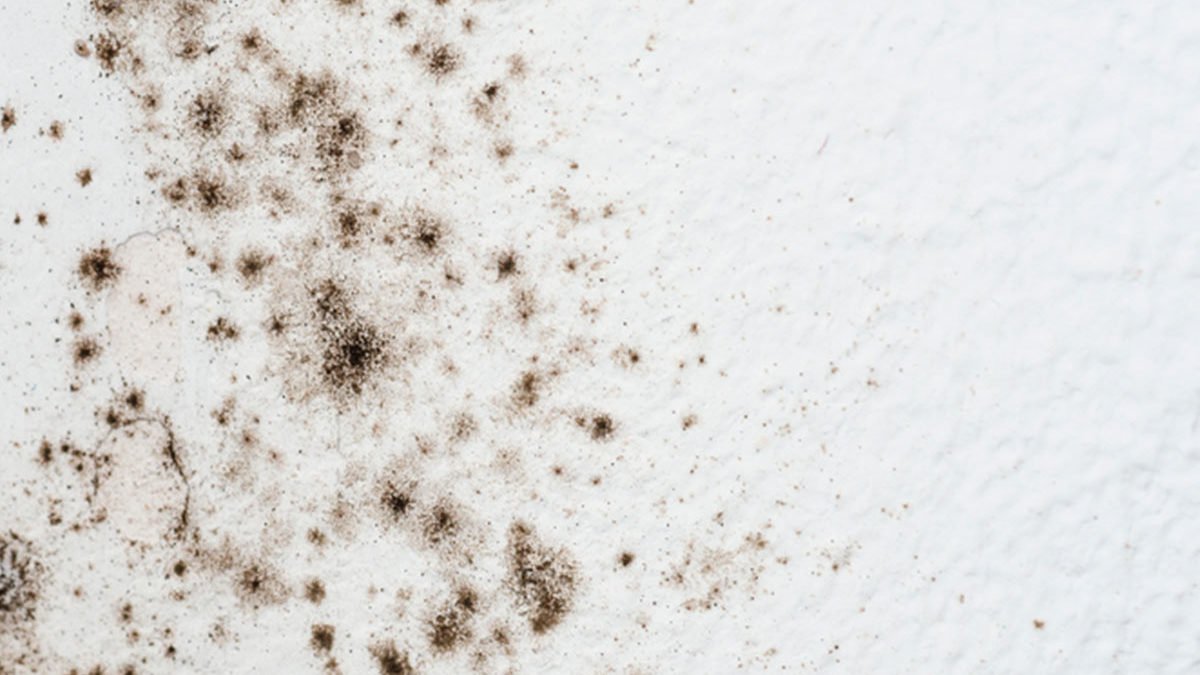Whether it’s on bathroom ceilings, in dank bedroom corners or in new apartments – mould is a tricky issue to deal with. You can’t always see or smell mould, however it affects almost 1 in 3 Australian homes, and can have devastating consequences on the lives of those who can’t produce antibodies against it.
Why is mould such a problem?
24 per cent of the population can’t produce antibodies to fungi. Exposed to fungi, these people start displaying health conditions such as asthma, bronchitis, cold and flu-like symptoms, hay fever and, less commonly, pneumonia and eczema.
The cause of mould is moisture
Fungi needs food and moisture to thrive, and most building materials and furnishings in our homes are the perfect “fast food” for mould. Once moisture sits on a surface for more than 48 hours, bacteria and fungi begin to grow. The key to addressing any mould problem is to identify the source of the moisture and rectify it.
Some of issues behind the moisture source could be:
- Plumbing, gutter or roof issues.
- Inadequate ventilation, insulation, waterproofing or drainage.
- Building on a flood zone or hill.
- Humidifiers that are left on.
- Long showers or drying wet clothes inside.
- Climate (humidity above 70 per cent is ideal for mould growth).
Getting rid of it…
Don’t use chemicals such as bleach to get rid of the mould; and painting over the mould does not solve it!
To remove mould from nonporous surfaces, soak a microfibre cloth in a solution of 20 per cent water to 80 per cent naturally fermented white vinegar. Rinse each time and repeat. On porous surfaces such as unsealed timbers, use a 70 per cent alcoholic solution, such as ethanol.
If you are having problems identifying the source, contact a company that can identify the problem for you. They can help you fix it, and help you get rid of any mould present in your house.
Control the mould in your home
Ensure there is ventilation in all rooms and keep internal doors open. Also:
- Vent the clothes-dryer outside where possible.
- Use an extraction fan in the shower.
- Do not put damp clothes or shoes in a wardrobe.
- Don’t dry clothes inside your home.
Prevention
To prevent moisture build-up, you need a balance between adequate heating and ventilation. The interior temperature should ideally be maintained between about 18° to 22° for comfort. Good ventilation can be achieved by leaving windows open a centimetre or two, depending on the outside air- movement and the amount of cross ventilation.
The rule is, ventilate little and often, rather than in short vigorous bursts to ensure the moisture generated is not retained within your home. Window glass is a good guide – if it starts to show more than a minimum of condensation, the windows should be open a little further.
For any of your real estate needs, contact the professional at Harcourts The Property People on 4628 7444.
Photo Credit:
<a href=”https://www.freepik.com/free-photos-vectors/background”>Background image created by Whatwolf – Freepik.com</a>








